Women on banknotes
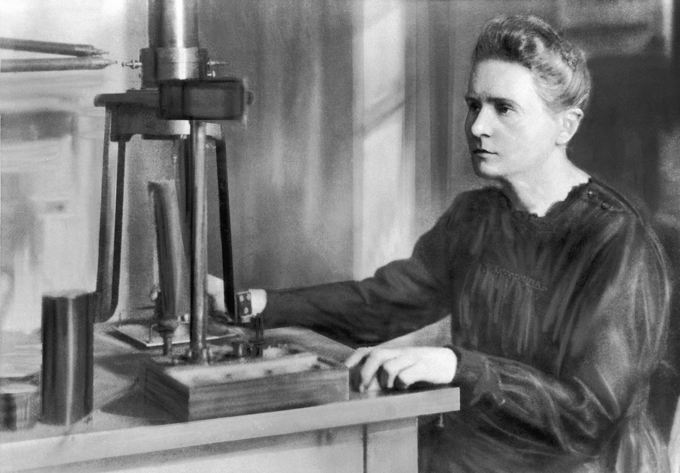
Marie Skłodowska Curie was a Polish and naturalized-French physicist and chemist who conducted pioneering research on radioactivity. She was the first woman to win a Nobel Prize, the first person and only woman to win twice, the only person to win twice in multiple sciences, and was part of the Curie family legacy of five Nobel Prizes. Curie's likeness also has appeared on bills, stamps and coins around the world. She was featured on the Polish late-1980s 20,000-złoty banknote as well as on the last French 500-franc note, before the franc was replaced by the euro. Interestingly, Marie Curie themed postage stamps from Mali, the Republic of Togo, Zambia, and the Republic of Guinea actually show a picture of Susan Marie Frontczakportraying Curie in a 2001 picture by Paul Schroeder
Marie Skłodowska Curie was a Polish and naturalized-French physicist and chemist who conducted pioneering research on radioactivity. She was the first woman to win a Nobel Prize, the first person and only woman to win twice, the only person to win twice in multiple sciences, and was part of the Curie family legacy of five Nobel Prizes. Curie's likeness also has appeared on bills, stamps and coins around the world. She was featured on the Polish late-1980s 20,000-złoty banknote as well as on the last French 500-franc note, before the franc was replaced by the euro. Interestingly, Marie Curie themed postage stamps from Mali, the Republic of Togo, Zambia, and the Republic of Guinea actually show a picture of Susan Marie Frontczakportraying Curie in a 2001 picture by Paul Schroeder
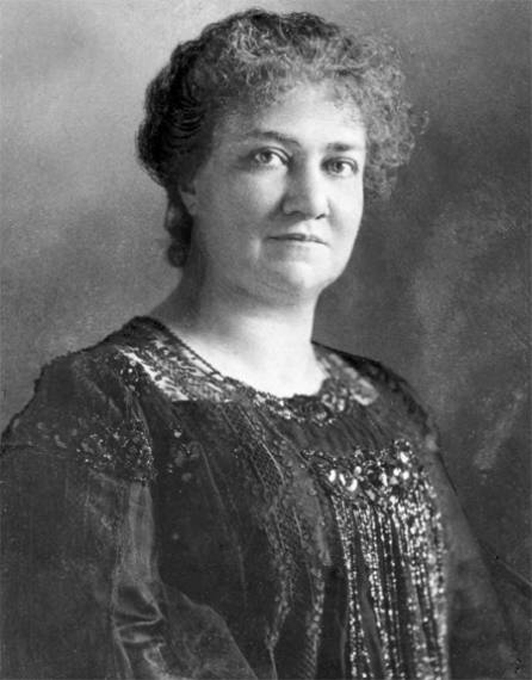
Rosa Mayreder was an Austrian freethinker, author, painter, musician and feminist. She was the daughter of Franz Arnold Obermayer, a wealthy restaurant operator and barkeeper, and his second wife Marie. Mayreder published two influential works, Zur Kritik der Weiblichkeit (To Critics of Femininity) (1905, published in English as A Survey of the Woman Problem, 1912) andGeschlecht und Kultur (Sex and Culture) (1923). The latter work, which criticised the double standard and discrimination against women, was translated into English. She also published an autobiography, Das Haus in der Landskrongasse. Rosa Mayreder appeared on the 500 Austrian schilling banknote
Rosa Mayreder was an Austrian freethinker, author, painter, musician and feminist. She was the daughter of Franz Arnold Obermayer, a wealthy restaurant operator and barkeeper, and his second wife Marie. Mayreder published two influential works, Zur Kritik der Weiblichkeit (To Critics of Femininity) (1905, published in English as A Survey of the Woman Problem, 1912) andGeschlecht und Kultur (Sex and Culture) (1923). The latter work, which criticised the double standard and discrimination against women, was translated into English. She also published an autobiography, Das Haus in der Landskrongasse. Rosa Mayreder appeared on the 500 Austrian schilling banknote
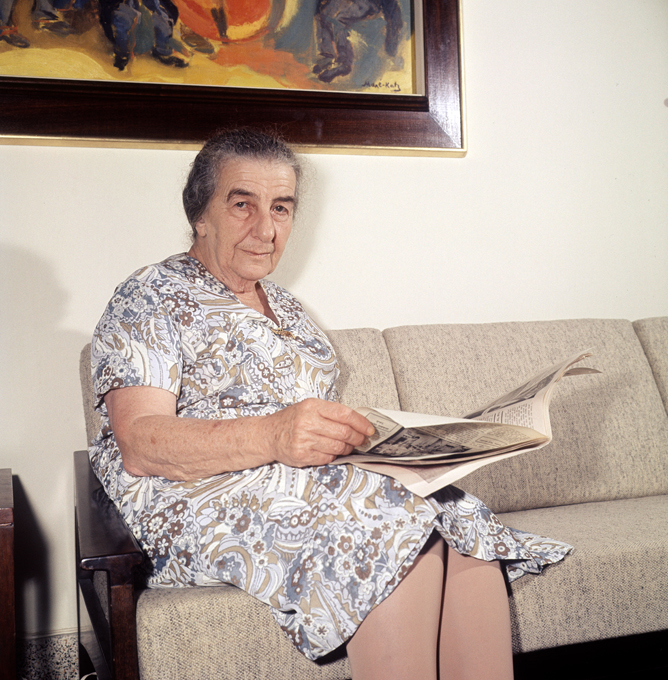
Golda Meir was an Israeli teacher, kibbutznik, stateswoman and politician and the fourth Prime Minister of Israel. Meir was elected Prime Minister of Israel on March 17, 1969, after serving as Minister of Labour and Foreign Minister. The world's fourth and Israel's first and only woman to hold such an office, she has been described as the "Iron Lady" of Israeli politics, though her tenure ended before that term was applied to British Prime Minister Margaret Thatcher. The Israeli 10,000 shekel banknote issued in November 1984 bore a portrait of Meir on one side and the image of the crowd that turned out to cheer her in Moscow on the other
Golda Meir was an Israeli teacher, kibbutznik, stateswoman and politician and the fourth Prime Minister of Israel. Meir was elected Prime Minister of Israel on March 17, 1969, after serving as Minister of Labour and Foreign Minister. The world's fourth and Israel's first and only woman to hold such an office, she has been described as the "Iron Lady" of Israeli politics, though her tenure ended before that term was applied to British Prime Minister Margaret Thatcher. The Israeli 10,000 shekel banknote issued in November 1984 bore a portrait of Meir on one side and the image of the crowd that turned out to cheer her in Moscow on the other
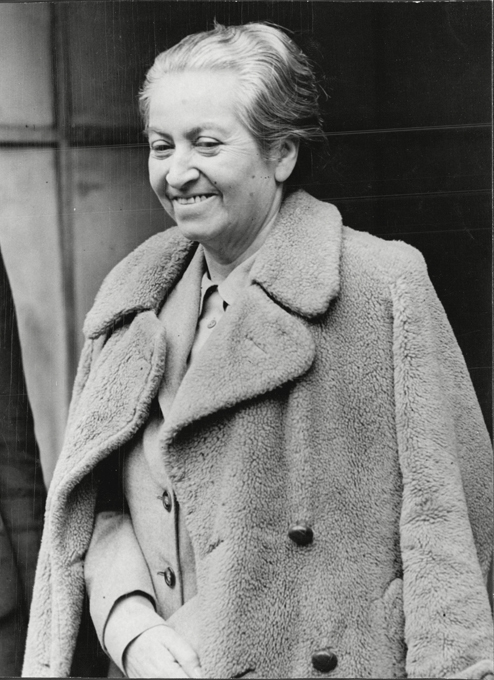
Gabriela Mistral was the pseudonym of Lucila Godoy y Alcayaga, a Chilean poet-diplomat, educator and humanist. She was the first Latin American woman to receive the Nobel Prize in Literature, which she did in 1945 "for her lyric poetry which, inspired by powerful emotions, has made her name a symbol of the idealistic aspirations of the entire Latin American world". Some central themes in her poems are nature, betrayal, love, a mother's love, sorrow and recovery, travel, and Latin American identity as formed from a mixture of Native American and European influences. Her portrait also appears on the 5,000 Chilean peso bank note
Gabriela Mistral was the pseudonym of Lucila Godoy y Alcayaga, a Chilean poet-diplomat, educator and humanist. She was the first Latin American woman to receive the Nobel Prize in Literature, which she did in 1945 "for her lyric poetry which, inspired by powerful emotions, has made her name a symbol of the idealistic aspirations of the entire Latin American world". Some central themes in her poems are nature, betrayal, love, a mother's love, sorrow and recovery, travel, and Latin American identity as formed from a mixture of Native American and European influences. Her portrait also appears on the 5,000 Chilean peso bank note
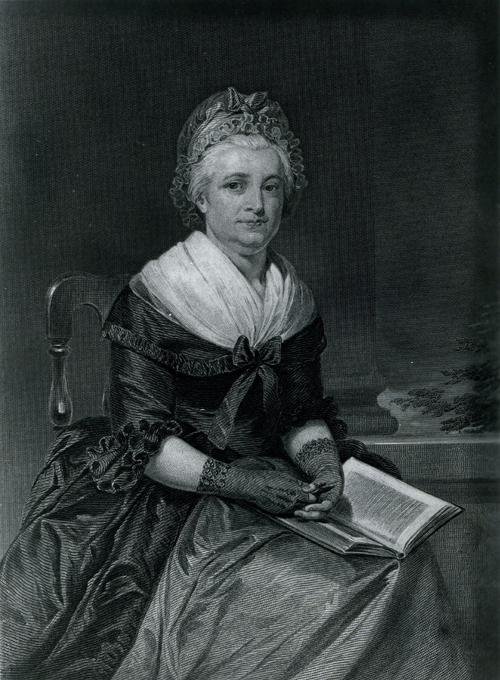
Martha Washington was the wife of George Washington, the first president of the United States. Martha Washington is the only woman (other than allegories of Justice, Liberty, etc.) depicted on the face of a United States Banknote. Her engraved portrait bust was used on the face of the $1 Silver Certificate of 1886 and 1891. Both Martha and George Washington are depicted together on the reverse of the $1 silver certificate of 1896. The Martha Washington coin was released on June 19, 2007, and was sold out in hours.
Martha Washington was the wife of George Washington, the first president of the United States. Martha Washington is the only woman (other than allegories of Justice, Liberty, etc.) depicted on the face of a United States Banknote. Her engraved portrait bust was used on the face of the $1 Silver Certificate of 1886 and 1891. Both Martha and George Washington are depicted together on the reverse of the $1 silver certificate of 1896. The Martha Washington coin was released on June 19, 2007, and was sold out in hours.
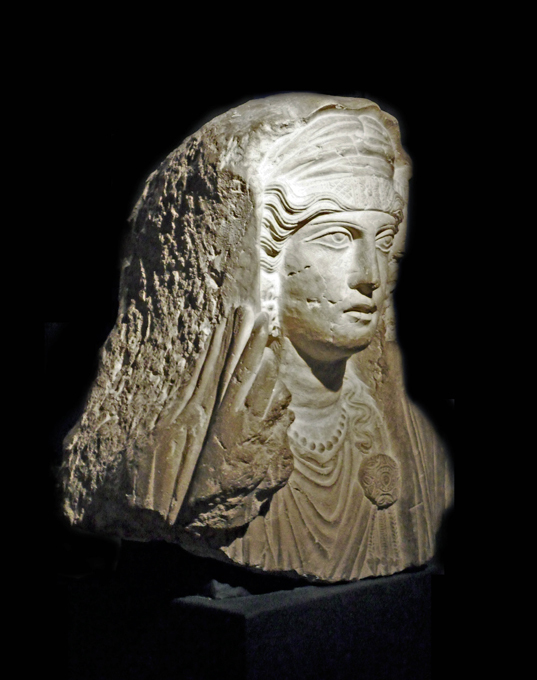
Zenobia was a 3rd-century Queen of the Palmyrene Empire in Syria who led a famous revolt against the Roman Empire. The second wife of King Septimius Odaenathus, Zenobia became queen of the Palmyrene Empire following Odaenathus' death in 267. Zenobia Antoninianus coin reporting her title,Augusta and showing her diadem and draped bust on a crescent with the reverse showing a standing figure of Iuno Regina, holding apatera in her right hand, a sceptre in her left, a peacock at her feet, and a brilliant star to the right
Zenobia was a 3rd-century Queen of the Palmyrene Empire in Syria who led a famous revolt against the Roman Empire. The second wife of King Septimius Odaenathus, Zenobia became queen of the Palmyrene Empire following Odaenathus' death in 267. Zenobia Antoninianus coin reporting her title,Augusta and showing her diadem and draped bust on a crescent with the reverse showing a standing figure of Iuno Regina, holding apatera in her right hand, a sceptre in her left, a peacock at her feet, and a brilliant star to the right
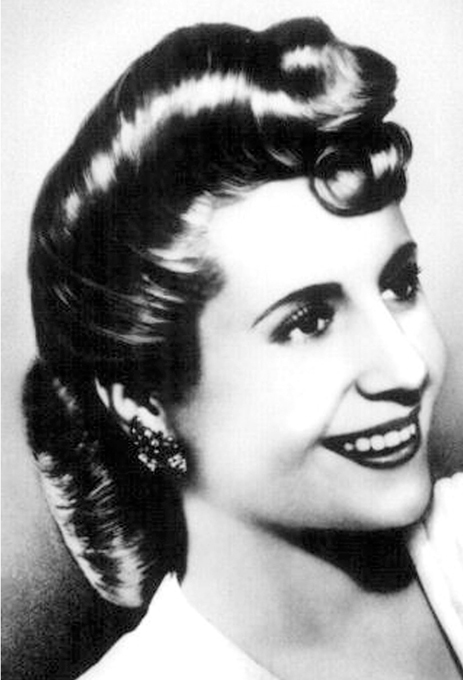
María Eva Duarte de Perón (7 May 1919 - 26 July 1952) was the second wife of Argentine President Juan Perón (1895-1974) and served as the First Lady of Argentina from 1946 until her death in 1952. She is usually referred to as Eva Perón or Evita. On 26 July 2012, to commemorate the sixtieth anniversary of Evita's death, notes were issued in a value of 100 pesos. The image in the notes is based on a 1952 design, whose sketch was found in the Mint, made by the engraver Sergio Pilosio with artist Roger Pfund. The printing totals 20 million notes
María Eva Duarte de Perón (7 May 1919 - 26 July 1952) was the second wife of Argentine President Juan Perón (1895-1974) and served as the First Lady of Argentina from 1946 until her death in 1952. She is usually referred to as Eva Perón or Evita. On 26 July 2012, to commemorate the sixtieth anniversary of Evita's death, notes were issued in a value of 100 pesos. The image in the notes is based on a 1952 design, whose sketch was found in the Mint, made by the engraver Sergio Pilosio with artist Roger Pfund. The printing totals 20 million notes
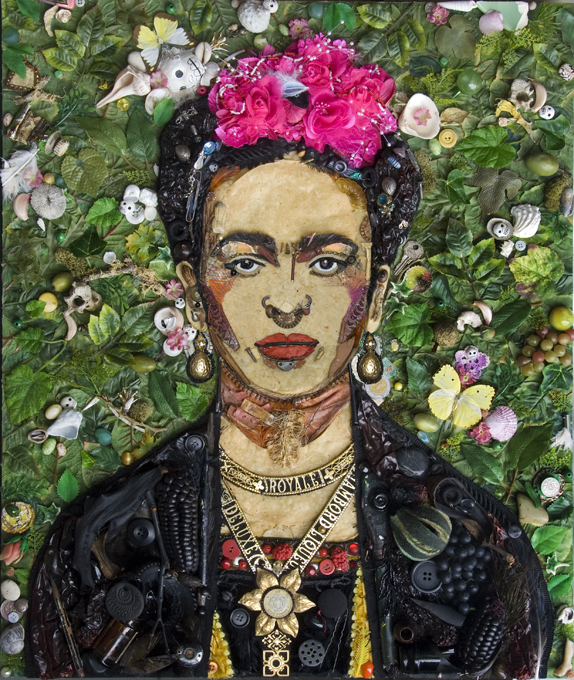
Frida Kahlo de Rivera, born Magdalena Carmen Frieda Kahlo y Calderón, was a Mexican painter known for her self-portraits. On August 30, 2010, the Bank of Mexico issued a new MXN$ 500-peso note, featuring Kahlo and her painting entitled Love's Embrace of the Universe, Earth, (Mexico), I, Diego, and Mr. Xólotl (1949) on the back of the note while her husband Diego Rivera was on the front of the note
Frida Kahlo de Rivera, born Magdalena Carmen Frieda Kahlo y Calderón, was a Mexican painter known for her self-portraits. On August 30, 2010, the Bank of Mexico issued a new MXN$ 500-peso note, featuring Kahlo and her painting entitled Love's Embrace of the Universe, Earth, (Mexico), I, Diego, and Mr. Xólotl (1949) on the back of the note while her husband Diego Rivera was on the front of the note
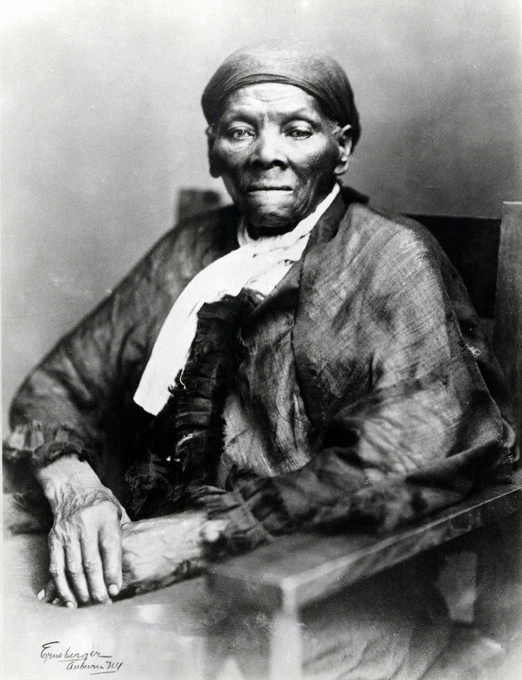
Harriet Tubman was an American abolitionist, humanitarian, and an armed scout and spy for the United States Army during the American Civil War. Born into slavery, Tubman escaped and subsequently made some thirteen missions to rescue approximately seventy enslaved families and friends. On April 20, 2016, U.S. Treasury Secretary Jack Lew announced plans to add Tubman to the front of the twenty-dollar bill, moving President Andrew Jackson, a slave owner, to the rear of the bill. Lew instructed the Bureau of Engraving and Printing to expedite the redesign process, though the new bill will not enter circulation until after 2020
Harriet Tubman was an American abolitionist, humanitarian, and an armed scout and spy for the United States Army during the American Civil War. Born into slavery, Tubman escaped and subsequently made some thirteen missions to rescue approximately seventy enslaved families and friends. On April 20, 2016, U.S. Treasury Secretary Jack Lew announced plans to add Tubman to the front of the twenty-dollar bill, moving President Andrew Jackson, a slave owner, to the rear of the bill. Lew instructed the Bureau of Engraving and Printing to expedite the redesign process, though the new bill will not enter circulation until after 2020
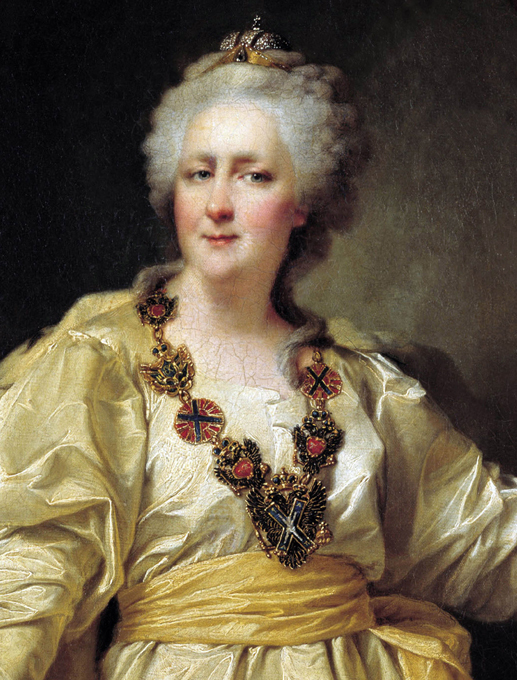
Yekaterina Alexeyevna or Catherine II, also known as Catherine the Great, was the most renowned and the longest-ruling female leader of Russia, reigning from 1762 until her death in 1796 at the age of 67. Born in Stettin, Pomerania, Prussia as Sophie Friederike Auguste von Anhalt-Zerbst-Dornburg, she came to power following a coup d'état when her husband, Peter III, was assassinated. Russia was revitalized under her reign, growing larger and stronger than ever and becoming recognized as one of the great powers of Europe. Her portrait appeared on the silver ruble and on a ten-ruble coin. There was also a 100-ruble note with the profile of Catherine II issued in 1898 and 1910
Yekaterina Alexeyevna or Catherine II, also known as Catherine the Great, was the most renowned and the longest-ruling female leader of Russia, reigning from 1762 until her death in 1796 at the age of 67. Born in Stettin, Pomerania, Prussia as Sophie Friederike Auguste von Anhalt-Zerbst-Dornburg, she came to power following a coup d'état when her husband, Peter III, was assassinated. Russia was revitalized under her reign, growing larger and stronger than ever and becoming recognized as one of the great powers of Europe. Her portrait appeared on the silver ruble and on a ten-ruble coin. There was also a 100-ruble note with the profile of Catherine II issued in 1898 and 1910



